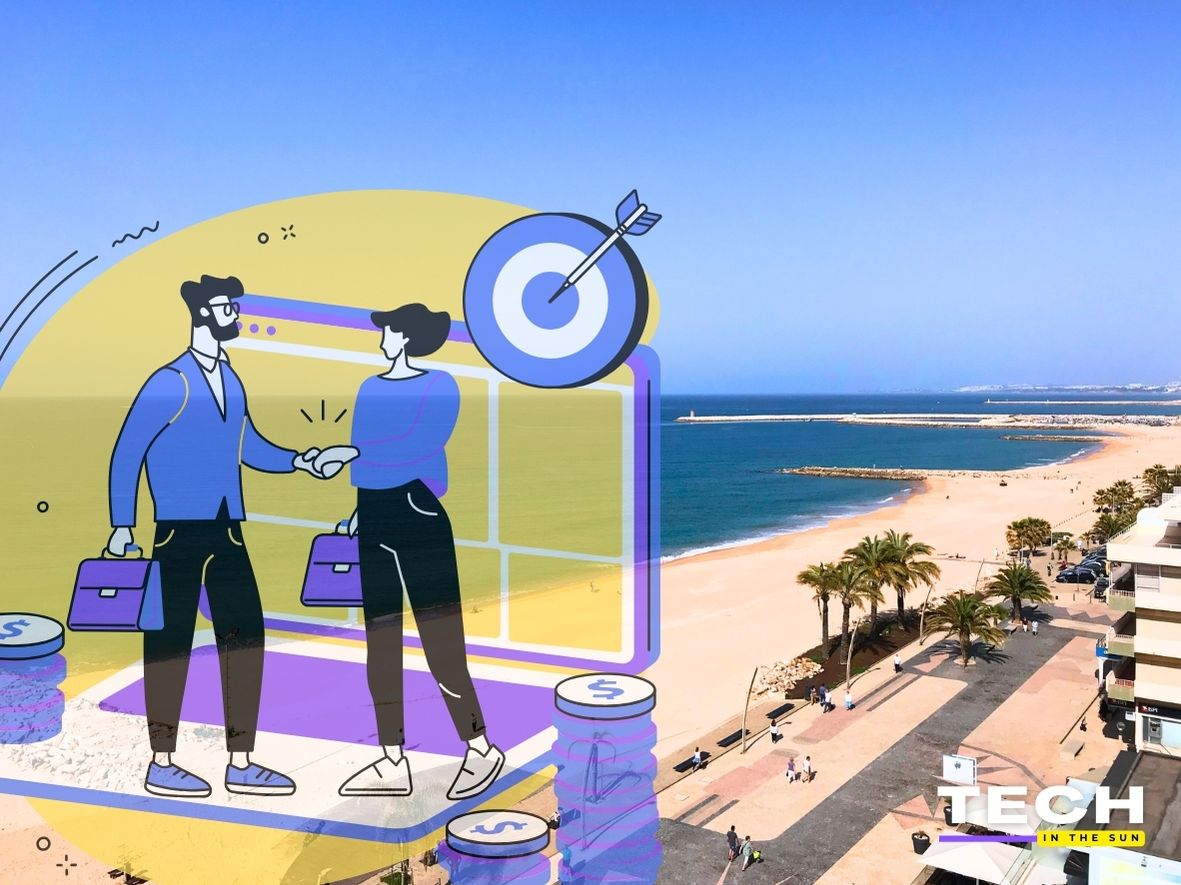This page contains affiliate links to products. We may receive a small commission for purchases made through these links while your purchase price stays the same.
Mastering B2B Content Marketing: A Comprehensive Guide to Attract, Engage, and Persuade Buyers in the Sales Funnel
In the competitive world of B2B marketing, leveraging content to attract and convert prospects is now more crucial than ever. B2B content marketing involves creating tailored content to engage and persuade all individuals involved throughout the purchasing process.
This post offers a comprehensive guide to help master the art of B2B content marketing, addressing the unique challenges that come with it, and tips on how to optimize content for the sales funnel.
Understanding B2B Content Marketing Challenges
B2B content marketing faces unique challenges such as:
- Involvement of multiple people in every purchase
- Increased scrutiny due to large deal sizes
- Long sales cycles
- Complicated products
- Small target markets
To navigate these challenges, B2B content marketers need to identify different individuals involved in the purchasing process and create content for each of them across the entire sales funnel.
Creating Tailored Content for Different Personas
Content should be customized to attract and engage different personas, including end-users, buyers, blockers, and decision-makers. By understanding the concerns of each persona, marketers can craft content that resonates with their unique needs.
Top-of-the-Funnel Content
At the top of the funnel, create content that:
- Attracts attention by being informative and entertaining
- Solves problems that your target audience might face
- Shares industry opinions and showcases thought leadership
Examples of top-of-the-funnel content may include blog posts, infographics, and educational webinars.
Middle-of-the-Funnel Content
For middle-of-the-funnel prospects, focus on content that:
- Keeps your company top-of-mind
- Introduces the product in a helpful and non-salesy way
- Demonstrates industry expertise
Examples of middle-of-the-funnel content are case studies, product comparisons, and whitepapers.
Bottom-of-the-Funnel Content
To persuade decision-makers and reassure potential blockers at the bottom of the funnel, develop content that:
- Addresses specific objections and concerns
- Clearly showcases the ROI and benefits of your product/service
- Provides social proof through testimonials and customer success stories
Examples of bottom-of-the-funnel content include detailed product demos, ROI calculators, and personalized proposals.
Distributing Content Through Multiple Channels
After creating targeted content, distribution is key. Utilize the following channels for effective content distribution:
- Search optimization: Optimize your content for search engines to attract organic traffic and generate leads. Perform keyword research, optimize on-page SEO elements, and earn authoritative backlinks.
- Social media: Reach personas who may be harder to find through search alone by promoting content on relevant social media platforms. Engage with users by sharing, commenting, and participating in discussions.
- Sales efforts: Consider direct outreach and personalized content in sales strategies. Your sales team can help close deals and build relationships with potential buyers by using tailored content in presentations, emails, and other touchpoints.
By mastering B2B content marketing, you can effectively attract, engage, and persuade all individuals involved in purchasing. Understanding each persona and their unique challenges – tailoring content for each sales funnel stage – will help your B2B marketing efforts succeed. Remember, if your content resonates with your target audience and answers their questions or concerns, they’ll be more likely to trust your brand and eventually convert into customers.
Actionable actions to increase the traffic of a B2B website
Based on the key points mentioned, here are some actionable actions you can take to increase the traffic of a B2B website:
1. Embrace the power of creative collaboration: Encourage collaboration between writers and designers. Foster an environment where they can work together to create visually appealing and engaging content that tells a story.
2. Prioritize quality and creativity: Focus on producing high-quality and imaginative content. Avoid generic and monotonous marketing strategies. Instead, strive to create unique, compelling content that resonates with your target audience.
3. Invest in good design: Design is crucial in attracting and retaining website visitors. Ensure that your website has an intuitive user interface, visually appealing graphics and images, and a cohesive branding strategy. Consider hiring skilled designers or partnering with design agencies to elevate the aesthetic appeal of your website.
4. Incorporate storytelling techniques: Use storytelling techniques to make your content more engaging and memorable. Craft narratives that captivate your audience and connect them to your brand. Combine compelling copy with striking visuals to create a powerful impact.
5. Build a strong brand identity: Establish a distinct brand identity that differentiates you from your competitors. Clearly communicate your value proposition and unique selling points. Consistently apply your brand identity across all marketing channels to enhance recognition and recall.
6. Optimize for search engines: Implement effective search engine optimization (SEO) strategies to improve your website’s visibility in search engine results. Conduct keyword research to identify relevant search terms and incorporate them naturally into your content. Optimize your website’s structure, meta tags, and headings to improve its search engine rankings.
7. Expand your content marketing efforts: Create informative and valuable content that addresses your target audience’s pain points and challenges. Develop a content marketing strategy that includes blog articles, whitepapers, ebooks, infographics, and videos. Promote your content through social media, email marketing, and guest posting on relevant industry websites.
8. Focus on user experience: Prioritize the user experience on your website. Ensure that pages load quickly, and the navigation is intuitive. Make it easy for visitors to find the information they are seeking. Implement responsive design to ensure your website is optimized for all devices.
9. Utilize data-driven insights: Leverage analytics tools to gather data and insights about your website performance. Monitor key metrics such as traffic sources, bounce, conversion, and engagement levels. Use this data to identify areas for improvement and optimize your marketing strategies accordingly.
10. Collaborate with influencers: Identify influential individuals or thought leaders in your industry and collaborate with them to amplify your brand reach. Partner with relevant influencers for content creation, co-host webinars, or seek endorsements to expose your brand to a wider audience.
Remember, increasing website traffic requires a comprehensive and consistent effort across various marketing channels. Focus on creating compelling content, optimizing for search engines, and providing an exceptional user experience to attract and retain visitors.







